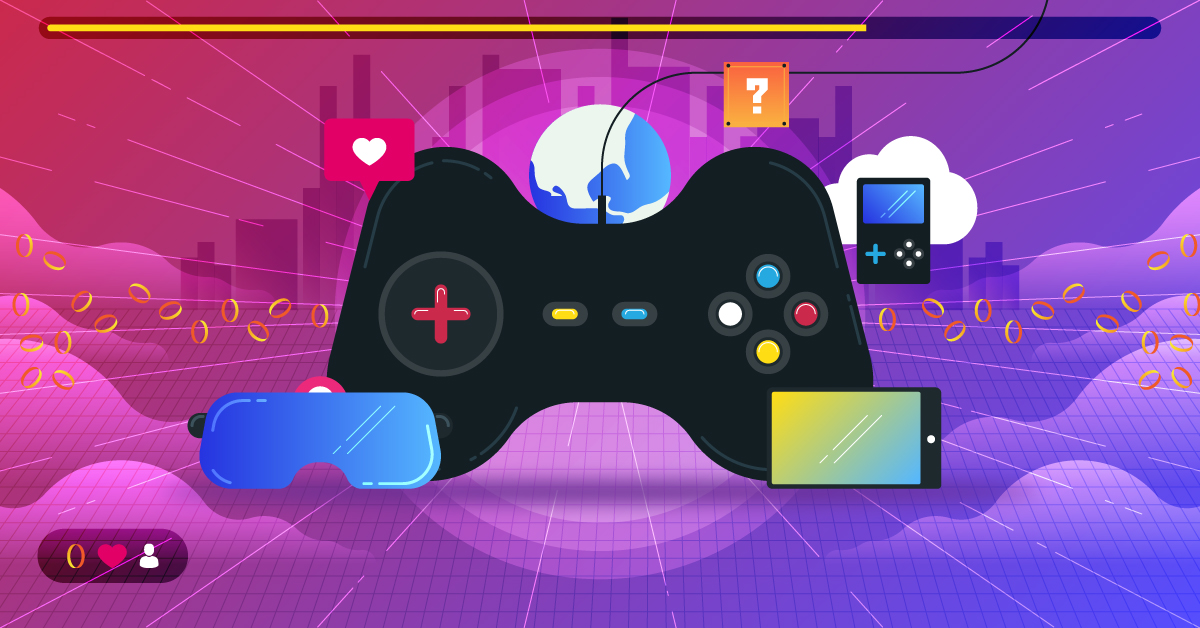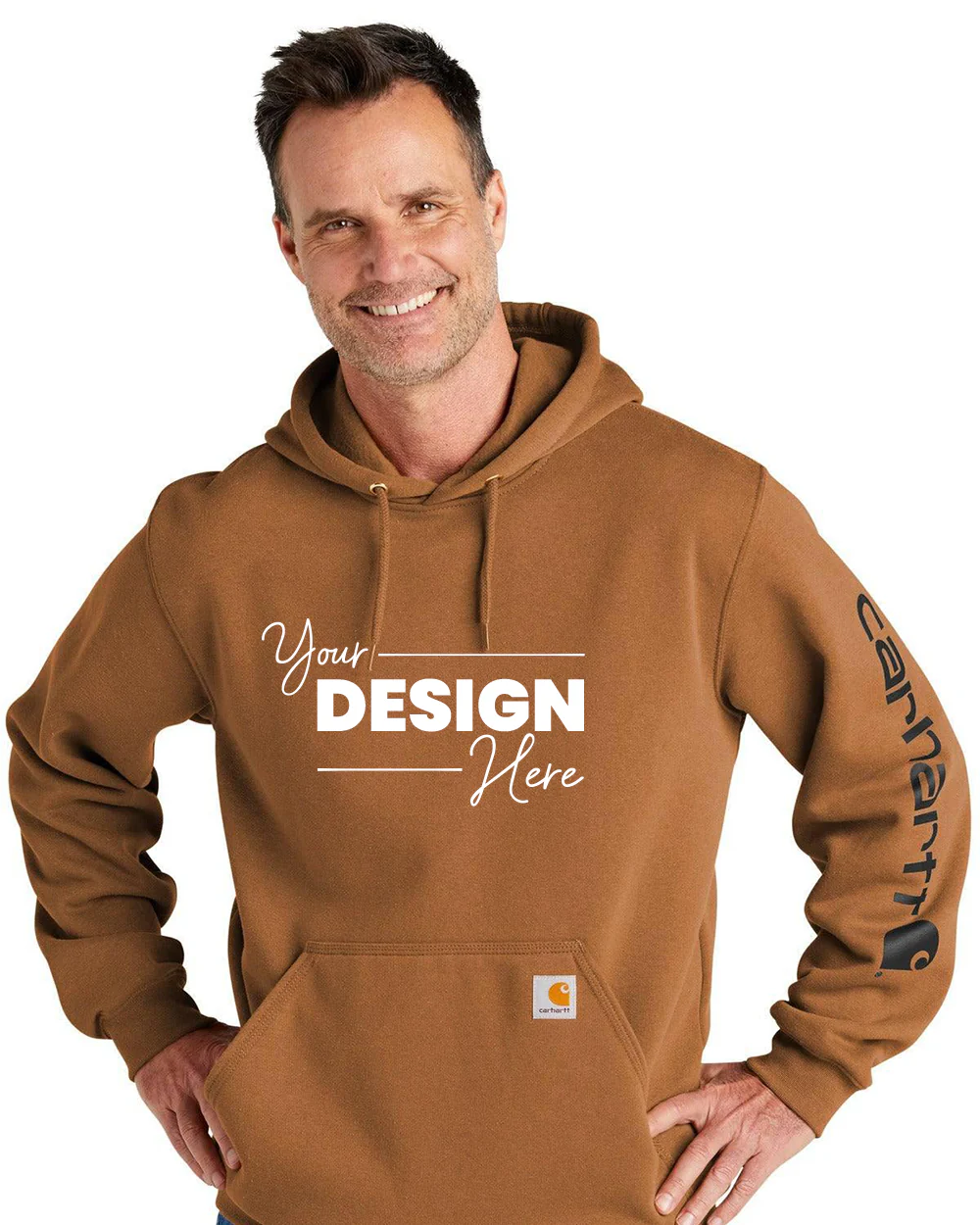 Conversion-Focused Landing Pages – More Leads, Less Bounce!
Conversion-Focused Landing Pages – More Leads, Less Bounce!
The Importance of 3D Modeling in Modern Design and Industry
Written by abee seo » Updated on: June 17th, 2025

3D modeling has revolutionized various industries, from entertainment and architecture to engineering and healthcare. The ability to create digital representations of objects or environments in three dimensions offers incredible opportunities for design, visualization, and production. This article explores the concept of 3D model, its applications, benefits, and the future potential it holds across different sectors.
What is 3D Modeling?
3D modeling refers to the process of creating a mathematical representation of a three-dimensional object or scene. It involves using specialized software to build a 3D structure by manipulating points, lines, and polygons in a virtual space. These models can then be rendered to create realistic images or animations, and they are often used for prototyping, simulations, or final product designs.
The Evolution of 3D Modeling
Initially, 3D modeling was restricted to the fields of computer-aided design (CAD) and animation. In the early days, 3D models were built manually by artists and engineers with limited computing power. Over time, advancements in technology, such as powerful graphics processing units (GPUs) and sophisticated software, have expanded the capabilities of 3D modeling.
In recent years, industries have begun incorporating 3D printing, virtual reality (VR), and augmented reality (AR) into their workflows, further enhancing the potential applications of 3D models.
Key Applications of 3D Modeling
1. Entertainment and Media
The entertainment industry relies heavily on 3D modeling for creating visual effects in movies, video games, and animations. Through 3D modeling, artists can design intricate characters, environments, and objects with high levels of detail. These models are then animated and rendered to create lifelike visuals that enhance storytelling.
For example, 3D modeling is integral to the production of films like "Avatar" and the creation of realistic gaming environments like those in "The Witcher 3" or "Grand Theft Auto."
2. Architecture and Construction
In architecture, 3D modeling is used to design buildings and structures with high precision before construction begins. Software tools like AutoCAD and Revit allow architects to create detailed floor plans, elevations, and 3D renderings that showcase their designs to clients and stakeholders.
Additionally, 3D modeling helps in simulating environmental factors, such as sunlight, wind, and acoustics, to optimize building performance. This approach significantly reduces the risk of errors during construction and improves efficiency.
3. Engineering and Manufacturing
In engineering, 3D models are crucial for prototyping and designing products. Whether it’s an automobile, a mechanical part, or an electronic device, engineers use 3D models to test and iterate designs. These models can be used to perform stress tests, check for design flaws, and even create 3D-printed prototypes for physical evaluation.
The manufacturing industry also benefits from 3D modeling, as it allows for more accurate and customized products. Additive manufacturing, or 3D printing, relies entirely on digital 3D models to produce objects layer by layer.
4. Healthcare
3D modeling has made a profound impact on healthcare, particularly in the fields of surgery and medical device design. Surgeons use 3D models of patient anatomy to plan complex surgeries, ensuring precision and reducing risks during procedures. These models can be derived from medical imaging techniques like MRI or CT scans.
Additionally, 3D printing technology enables the production of custom prosthetics, implants, and even tissue scaffolds, significantly improving patient outcomes.
5. Virtual Reality (VR) and Augmented Reality (AR)
Virtual and augmented reality experiences rely on 3D modeling to create immersive environments. In VR, users interact with fully realized 3D worlds, whether it's for gaming, training, or virtual tourism. AR applications, on the other hand, overlay digital 3D objects onto real-world scenes using devices like smartphones or AR glasses.
In both cases, 3D models enhance the realism and functionality of the experience, bridging the gap between the physical and digital realms.
The Benefits of 3D Modeling
1. Enhanced Visualization
3D models provide a realistic representation of how a product or design will look in the real world. This is particularly valuable in industries like architecture and engineering, where visualizing a concept before it is built can prevent costly mistakes and miscommunication.
2. Efficiency in Design and Prototyping
By utilizing 3D modeling software, designers and engineers can quickly generate prototypes and make design iterations. This reduces the time and resources spent on creating physical prototypes, leading to faster development cycles and reduced production costs.
3. Customization
3D modeling allows for high levels of customization, particularly in industries like manufacturing, healthcare, and fashion. Custom products can be designed according to specific requirements and specifications, ensuring a tailored approach to production.
4. Cost Reduction
Through the use of 3D modeling, many industries can reduce costs associated with trial-and-error physical prototypes, as digital models enable early detection of design flaws. In manufacturing, 3D printing reduces material waste by building objects layer by layer.
5. Better Communication
3D models help stakeholders across various sectors visualize and understand complex designs. This improves communication between designers, engineers, clients, and manufacturers, ensuring that everyone is on the same page and aligned with the project's goals.
Popular 3D Modeling Software
Several software tools are widely used in the creation of 3D models. Some of the most popular include:
Autodesk Maya: Primarily used for animation and visual effects in film and video games, Maya is a powerful 3D modeling and animation tool.
Blender: A free and open-source 3D modeling software, Blender is known for its versatility and is used for animation, rendering, and game design.
SketchUp: This intuitive software is favored by architects and designers for creating 3D models of buildings and interior designs.
SolidWorks: A CAD software used primarily for engineering and product design, SolidWorks excels at creating precise 3D models for manufacturing.
ZBrush: A specialized 3D modeling tool used for creating highly detailed organic models, often used in the gaming and film industries.
The Future of 3D Modeling
The future of 3D modeling looks promising, with advancements in artificial intelligence (AI), machine learning, and real-time rendering technology. AI algorithms will assist in automating parts of the modeling process, making it more accessible and efficient for creators.
Additionally, the integration of 3D modeling with emerging technologies such as blockchain, IoT (Internet of Things), and 5G connectivity will open up new possibilities in industries ranging from supply chain management to digital art creation.
Furthermore, the growing adoption of 3D printing will lead to more widespread use of 3D models in production, enabling on-demand manufacturing and the customization of everyday products.
Conclusion
3D modeling has transformed the way we design, create, and interact with objects across multiple industries. From architecture to healthcare, the applications of 3D models are vast and continue to evolve with technological advancements. As the demand for precision, customization, and digital innovation grows, 3D modeling will undoubtedly play a pivotal role in shaping the future of design and manufacturing.
Note: IndiBlogHub features both user-submitted and editorial content. We do not verify third-party contributions. Read our Disclaimer and Privacy Policyfor details.
Copyright © 2019-2025 IndiBlogHub.com. All rights reserved. Hosted on DigitalOcean for fast, reliable performance.













